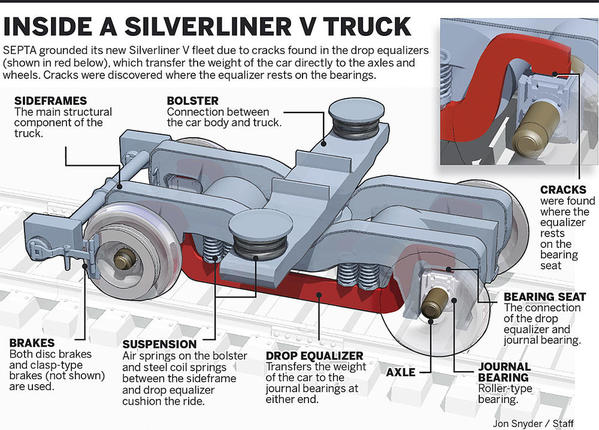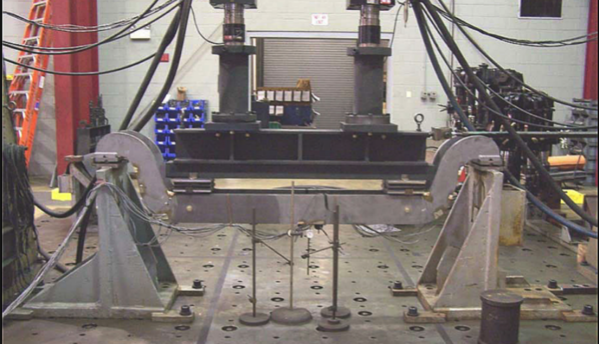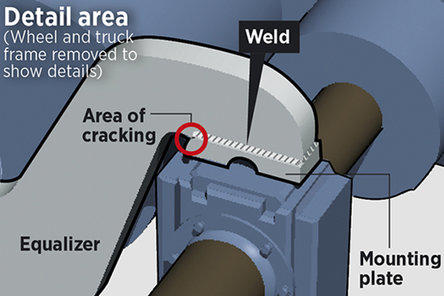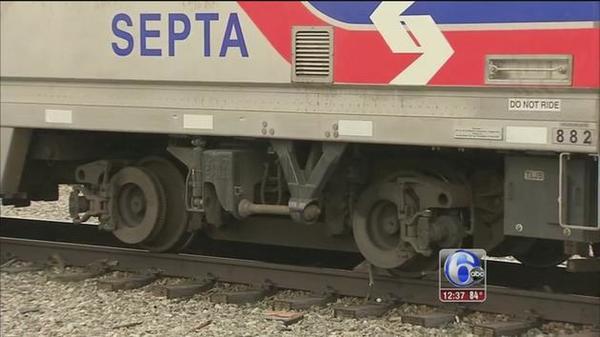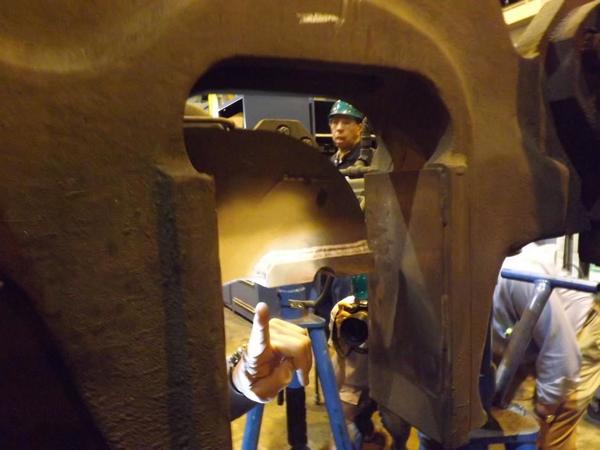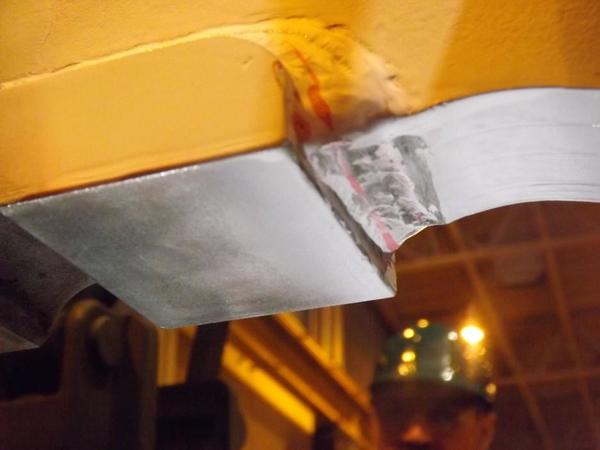Time machine way back to 2006 when the shenanigans started.
The SEPTA board has long been criticized for being politically packed with Lawyers and Accountants (which it is) with little expertise in anything transit related.
Posted on Fri, Mar. 17, 2006
SEPTA expected to approve 104 new regional rail cars
A Korean-Japanese consortium appears to have wrapped up the $244
million contract.
By Larry King
Inquirer Staff Writer
SEPTA's board is expected to approve a $244 million contract next
week for a Korean-Japanese consortium to build at least 104 regional
rail cars over the next four years.
A staff recommendation that SEPTA accept the bid by United Transit
Systems was made public yesterday.
The contract would be the largest investment SEPTA has ever made in
regional rail vehicles, and would increase its fleet by 31 cars. The
rest of the new Silverliner V cars would replace 73 aging rail cars
that date to the 1960s.
"The ridership on the regional rails is so heavy, we owe it to the
public to move this along," SEPTA general manager Faye Moore said in
an interview. The net gain of 31 cars "should help us eliminate some
of the standers" during peak times, and will leave room for ridership
to grow, she said.
More than 106,000 passengers take SEPTA's regional trains on
weekdays. According to the transit agency, that number has been
increasing by about 3 percent annually.
SEPTA's board is scheduled to vote Thursday on the contract.
The UTS proposal was more than $52 million lower than an offer from
Kawasaki Rail Car Inc., the only other bidder.
The Silverliner V project had been delayed for two years after
Kawasaki sued SEPTA for selecting UTS from a group of four
manufacturers in 2004. Kawasaki contended in the lawsuit that UTS was
inexperienced and technically inferior, and that SEPTA had improperly
switched its standards during the bidding to favor UTS.
Kawasaki dropped the lawsuit after SEPTA agreed to redo the process.
There was no indication yesterday whether Kawasaki might mount
another challenge. Its marketing director, Jitendra Tomar, did not
return a call seeking comment.
In a recent interview, however, Tomar had said he expected the UTS
bid to be lower than Kawasaki's.
"We of course have to make a minimum profit," he said. "To actually
get a contract is easy, but to perform the contract is much more
difficult."
UTS is a consortium of the Sojitz Corp. of America - a subsidiary of
a Tokyo-based firm - and Rotem Co., a South Korean manufacturer. Last
month, Rotem won its first contract to build U.S. rail cars: a $176
million pact with the Southern California Regional Rail Authority.
Rotem also has built thousands of rail cars for foreign transit
systems.
Most of the manufacturing would be done in South Korea. But final
assembly of the SEPTA and California rail cars would be done at a
site leased by UTS at the former Philadelphia Naval Shipyard.
The Philadelphia site eventually will employ at least 200 workers,
UTS project manager Hatsuhiko Kageyama said.
Three pilot cars will be due within 21/2 years after UTS receives
final approval to proceed. The last of the fleet should be delivered
within four years.
SEPTA also has an option in the contract to buy up to 16 additional
cars to accommodate ridership growth.
Asked about a possible challenge from Kawasaki, Kageyama said he
hoped his competitor "is sensitive to the needs of the public, the
people. They really are in dire need of new equipment."
UTS and Kawasaki submitted their proposals in December. Both were
reviewed by a SEPTA technical committee, which found both companies'
proposals acceptable, and deemed both companies able to carry out the
contract.
That was a switch for UTS, which had received the lowest technical
rating of the four companies evaluated in 2004. This time, its rating
was on a par with Kawasaki's.
Inflation has taken a toll, however. UTS's proposal was $8 million
higher than its 2004 bid. And Kawasaki's proposal ballooned by $46
million over its 2004 offer.
Each new Silverliner will have about 10 fewer seats than the car it
replaces. It will have fewer three-seat rows, larger windows, wider
aisles and doors, and better heating and air conditioning, according
to SEPTA. Each will have room for two wheelchairs.
SEPTA's staff also has recommended that an outside engineering
consultant, STV Inc., be awarded an $8.1 million contract to ride
herd on the project. Neil Patel, SEPTA's contract administration
director, said STV would help SEPTA management oversee the
engineering and construction of the new Silverliners.
Contact staff writer Larry King at 215-345-0446 or




